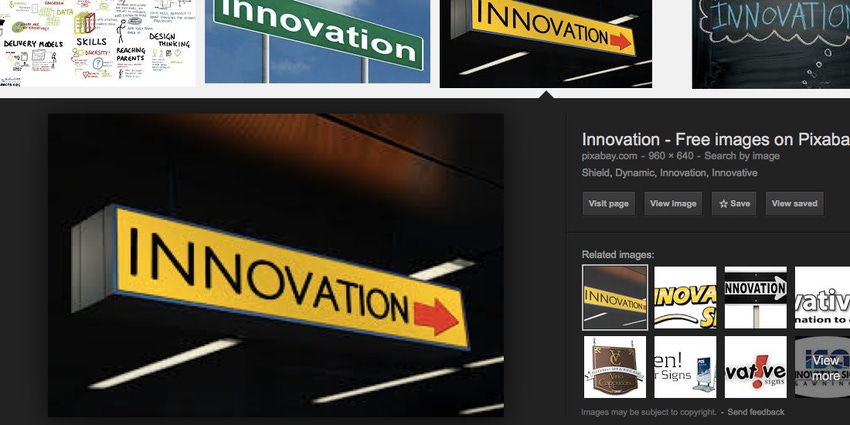A software-defined data center does more than simplify, improve efficiency, lower costs and speed service delivery. For many organizations, it is the catalyst for true innovation—often in ways that improve customer service, cut costs and boost market share.
September 2, 2016

Sponsored Content
 A software-defined data center does more than simplify, improve efficiency, lower costs and speed service delivery. For many organizations, it is the catalyst for true innovation—often in ways that improve customer service, cut costs and boost market share.
A software-defined data center does more than simplify, improve efficiency, lower costs and speed service delivery. For many organizations, it is the catalyst for true innovation—often in ways that improve customer service, cut costs and boost market share.
Moving to a software-defined infrastructure is the necessary first step toward enabling innovation.
“Often, companies spend so much time and effort on managing the infrastructure that there is nothing left for innovation,” says Ben Woo, managing director of Neuralytix Inc., a global industry analyst firm. “By automating the infrastructure, you can focus on the value of information, and you have extra IT staff who are now available who can be retrained to focus on that innovation.”
The level of automation and orchestration, along with the aggregation of information, can be a catalyst for better and more innovative use of data.
While many companies use data analytics tools to mine their data for insights, it’s time-consuming and expensive in a traditional data center because it requires manual provisioning of resources. That’s probably why 80 percent of the data companies have isn’t being used at all, according to research from Neuralytix.
Yet data analysis—trend analysis, historical analysis and predictive analytics—is often the key to innovation. With the software-defined data center in place, internal analysts can better take advantage of that previously unmined data to uncover possibilities for innovation.
Think about a home improvement chain that traditionally had analyzed sales trends by region. With the time and information available, analysts started asking more specific questions of the data and soon discovered that external factors, such as regional weather patterns, directly affected the sales of certain items. By correlating weather forecasts with historical sales data, the stores were able to, for example, send more salt and snow shovels to stores in the path of a snowstorm.
Here’s another example: By analyzing historical and trend data on buying patterns during Super Bowl week, a discount grocery store chain was able to run more effective ads and request better pricing from suppliers of products that sell particularly well prior to the Super Bowl.
Moving to a software-defined data center also enables organizations to consolidate data, reduce silos and eliminate duplicate systems and data. That presents opportunities for creating more integrated processes instead of a series of separate processes. That, in turn, creates opportunity for innovation.
Take the example of a big box store that aggregates transactions at the end of the day at each store. The transactions are then aggregated at the regional and country level. Company analysts than analyze the data and create reports. With aggregated systems and information based in a software defined environment, that big box chain can how capture each transaction globally as it happens and populate every application with that information. That improves the speed of analysis and quality of service, while reducing costs and improving efficiency.
“All of this innovation is possible because of software-defined infrastructure,” Woo adds. “You’re no longer focusing on the infrastructure, so you can focus on what matters—the information.”
Guest blogs such as this one are published monthly and are part of Talkin’ Cloud’s annual platinum sponsorship.
You May Also Like
